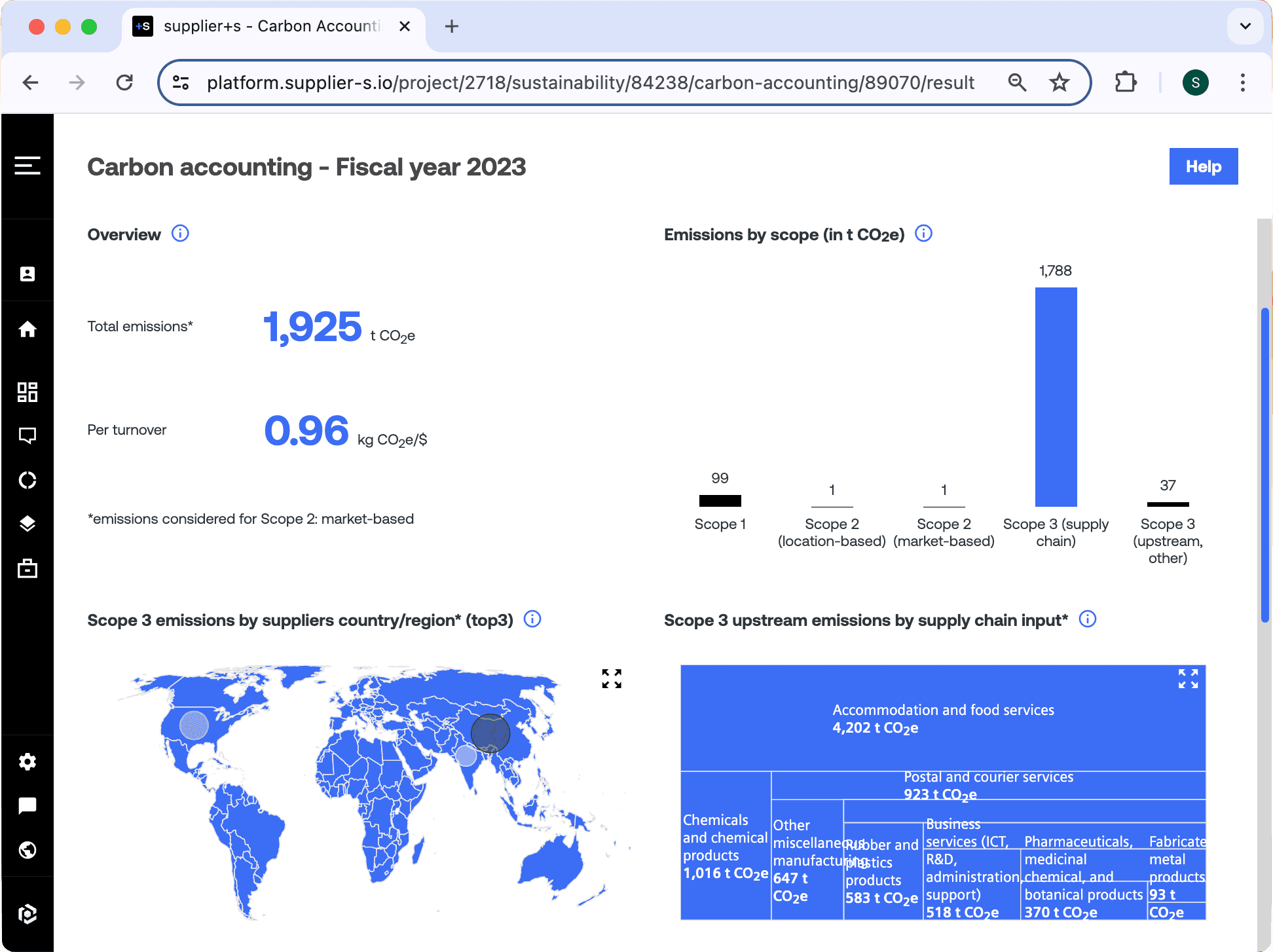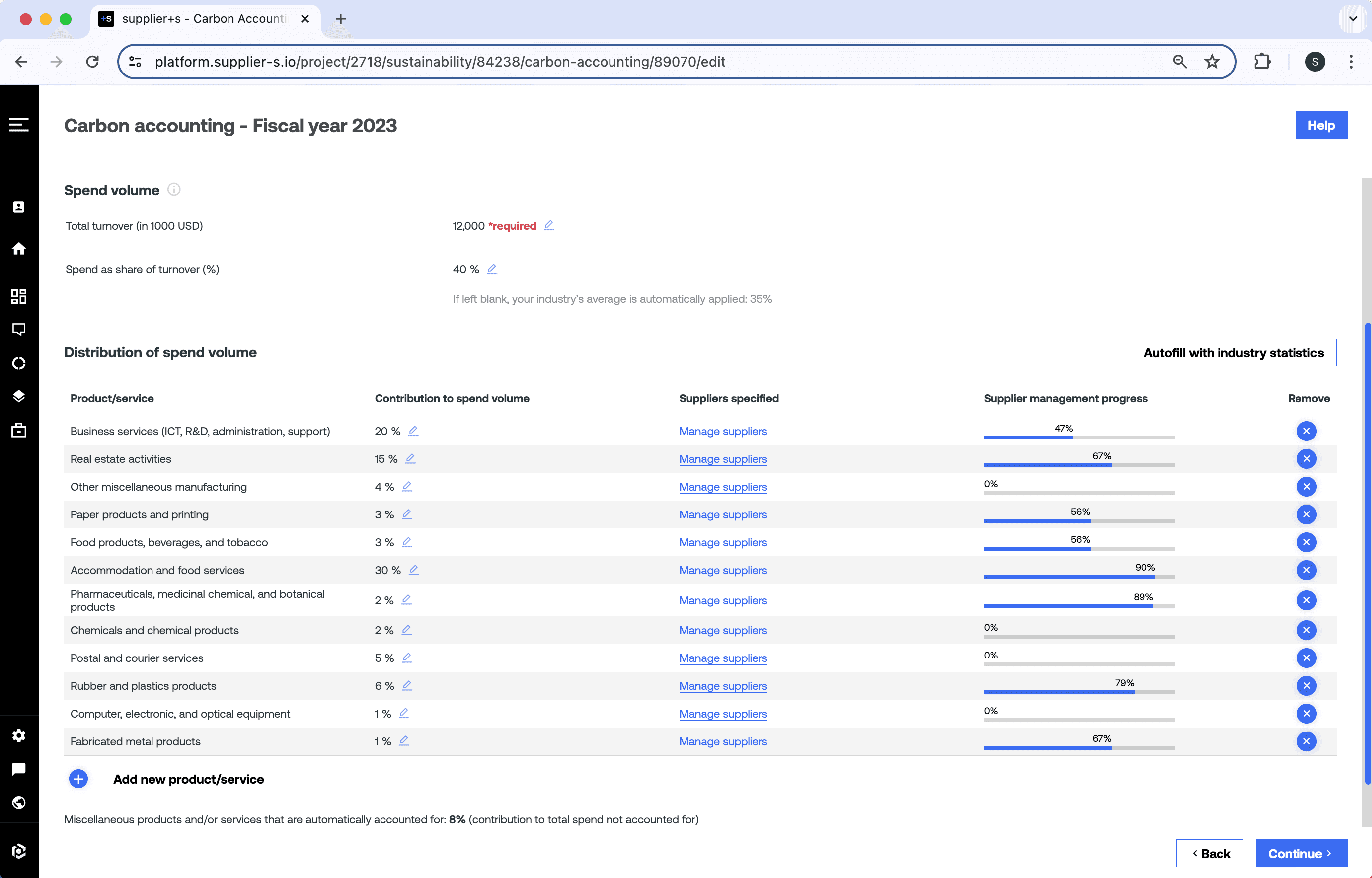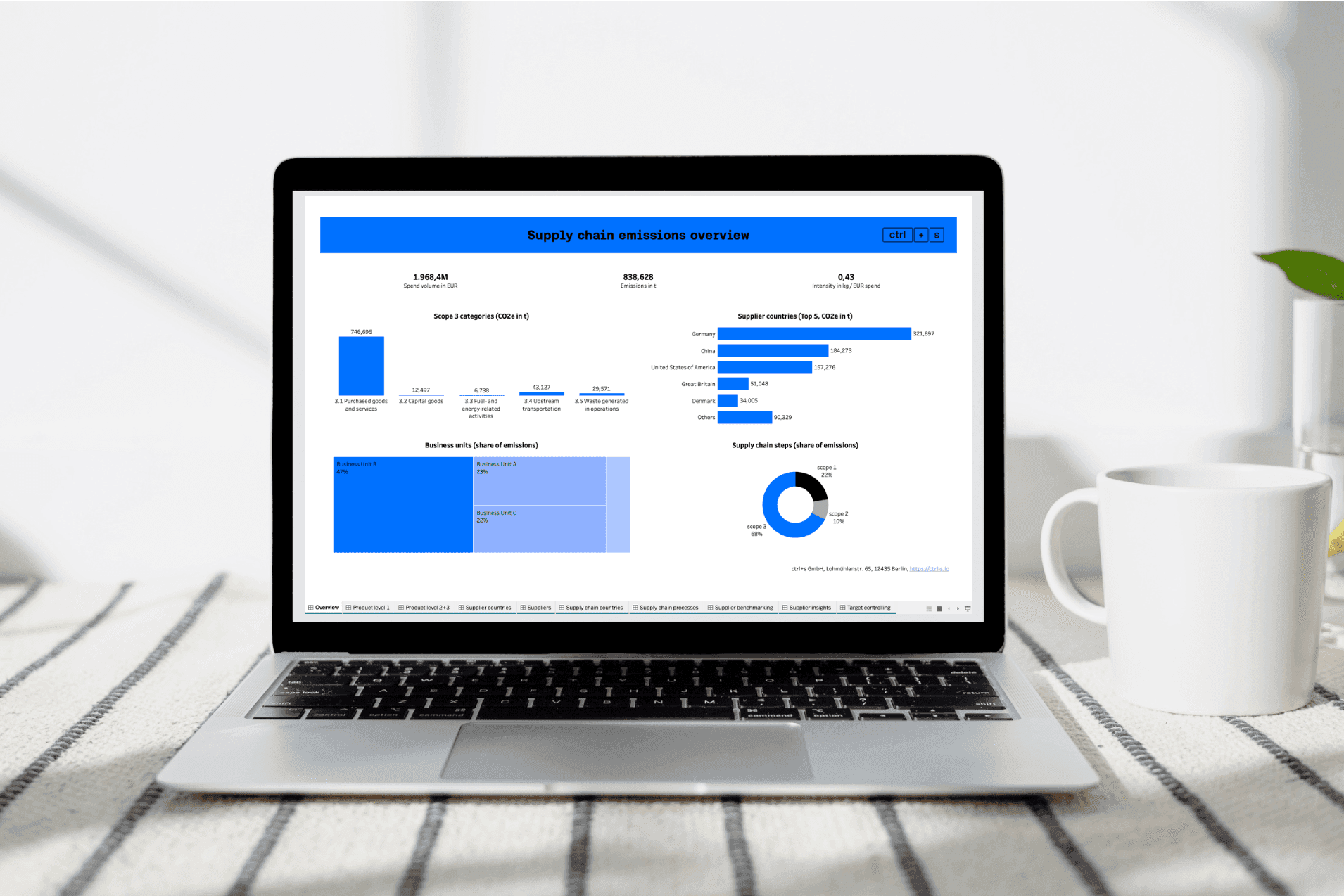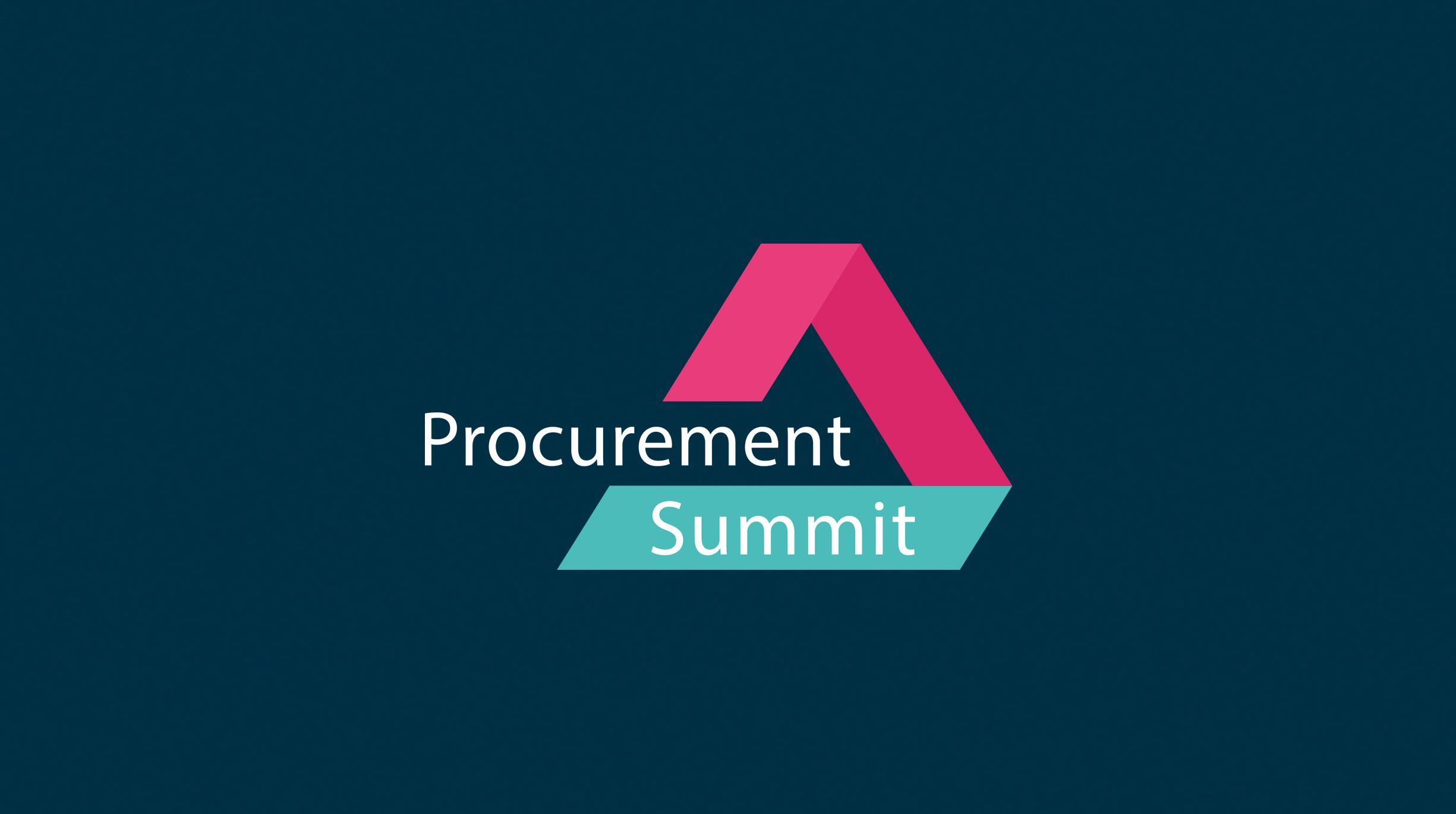You may also wish to specify suppliers for each product and service. This input enables additional results: a detailed breakdown of supply chain emissions per supplier, allowing you to identify key contributors at a glance and prioritize them for closer collaboration.
All you need to succeed
Once complete, you can explore your emissions data across scopes, countries, supply chain inputs and suppliers. The database behind the carbon accounting module is optimised for reliability and consistency - so you can compare emissions drivers fairly. And a good driver analysis is all you need to prioritise your efforts and start reducing emissions today.
Is quantifying the emissions baseline of your Scope 1, 2 and 3 footprint old news to you? Then invite your suppliers to join the platform. They will answer a few simple questions about their carbon reduction activities - and you can watch your supply chain emissions drop.




